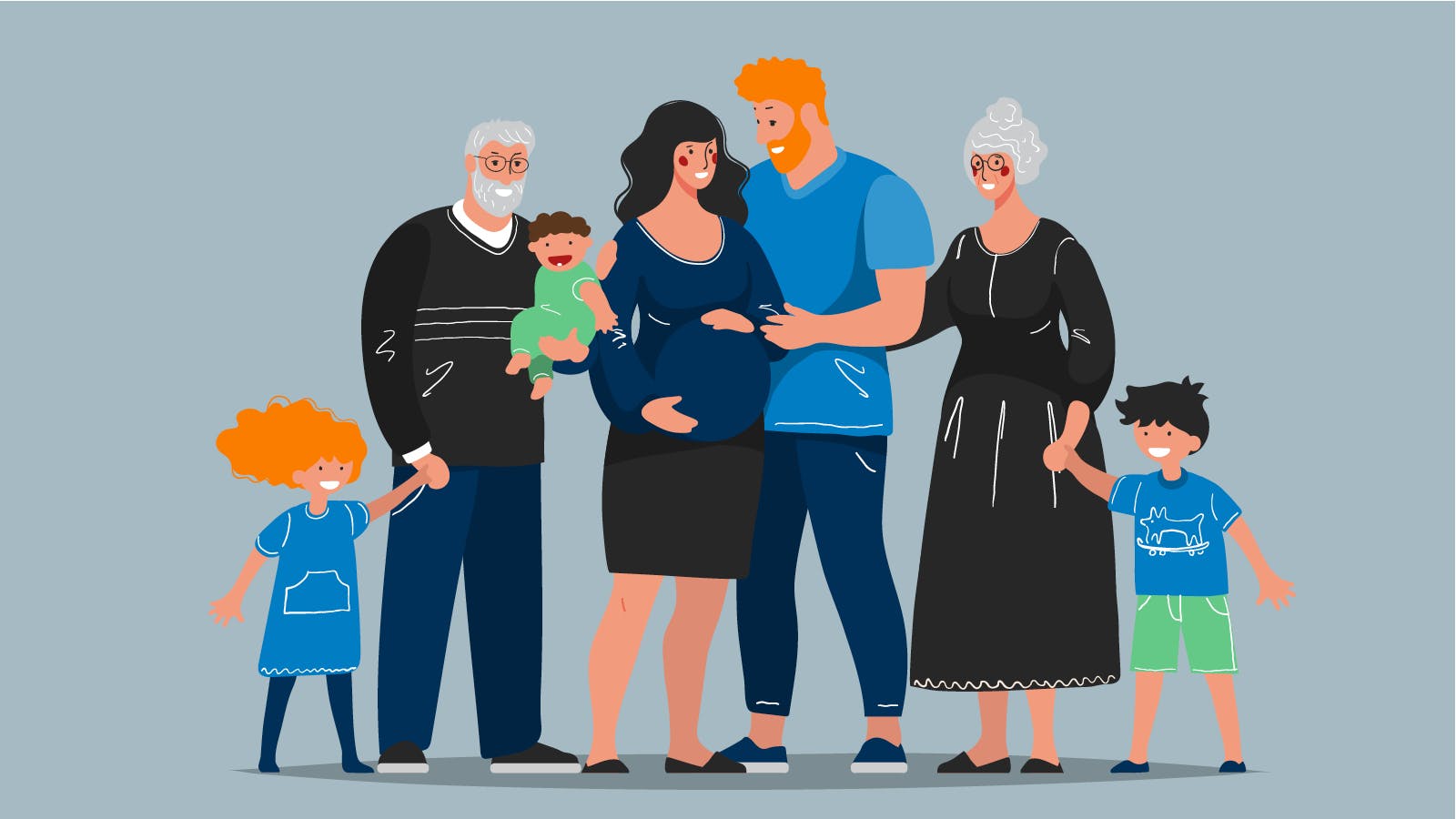
;

Have you ever daydreamed about investing in a multi-family property? It doesn’t matter if you already own a home or if you’re a brand new, first-time buyer. A multi-family property could be your key to homeownership, passive income, or maybe even financial freedom.
Multi-family property: </strong>A multi-family home is one structure that’s split up into multiple different units. This might look like a duplex, a home with a qualifying basement lock off, or even a small apartment building. Note that residential multi-family properties typically have a max of four units. Anything with five or more is typically considered commercial.
Just imagine: You buy a multi-family property — let’s say a duplex. You live in one unit and rent the other one out. You make some passive income and get some help with the mortgage loan payments. You pay down your home loan and potentially build up your equity even faster. Talk about a win-win!
So, does multi-family investing sound right for you? If you’re one of the 34% of people who believe real estate is the best long-term investment, we’ve got some truly great news:
Financial institution Fannie Mae recently dropped their required down payment amount for multi-family properties. With the new Fannie Mae 5% down requirement, you might be able to purchase a multi-family property for one-third of the previous down payment cost.
But what could this change really mean? What are the potential benefits? Let’s dive a little bit deeper into the new Fannie Mae 5% down payment policy.
First things first — what, or who, is Fannie Mae? While the name might sound a bit like a long-lost great aunt, Fannie Mae is actually one of the nation’s top providers of mortgage financing.
Fannie Mae: </strong>The Federal National Mortgage Association, affectionately nicknamed Fannie Mae, is a government-sponsored enterprise. Basically, a financial institution backed by the U.S. government.
Because the federal government has Fannie Mae’s back, lenders typically view Fannie Mae loans as safer investments. That means potential benefits for borrowers like you.
Just a few of the benefits you might receive with a Fannie Mae loan, possibly including a multi-family loan, are:
So, how exactly does Fannie Mae fit into multi-family investing?
Well, late in 2023, the organization announced that it will now allow 5% down payments for 2-, 3-, and 4-unit homes. The previous requirement was 15% down minimum, so this is huge news!
Keep in mind that the home in question must be owner-occupied, though and of course you would have to qualify for the mortgage loan. That means you’ll have to live full-time in one of the onsite units.
There’s also a maximum loan amount you’ll want to be aware of — $1,396,800.
The 5% down allowance applies to various Fannie Mae products. This can include standard purchases, no-cash-out refinances, HomeReady, and HomeStyle Renovation loans.

So, are you interested in purchasing a multi-family property with just 5% down? Good news: The policy is already in effect. Fannie Mae began allowing 5% down for multi-family properties in late November 2023.
If you’re ready to jump in, schedule a sit-down with a knowledgeable mortgage pro to go over your financial situation, Fannie Mae’s application criteria, and more. They’ll have the most personalized insights and advice to help guide you in the right direction.
Then, if you qualify you could be a multi-family investor in no time!
So, are you sold on multi-family investing with the help of the new Fannie Mae 5% down loan program?
These new, relaxed requirements potentially represent a big step in homeownership accessibility. By lowering the required down payment amount, Fannie Mae has potentially made homeownership, rental income, and maybe even generational wealth all the more attainable.
Remember: A qualified mortgage professional will be your best bet in understanding your options and moving forward. But, hey, we’ll always be here to help too!